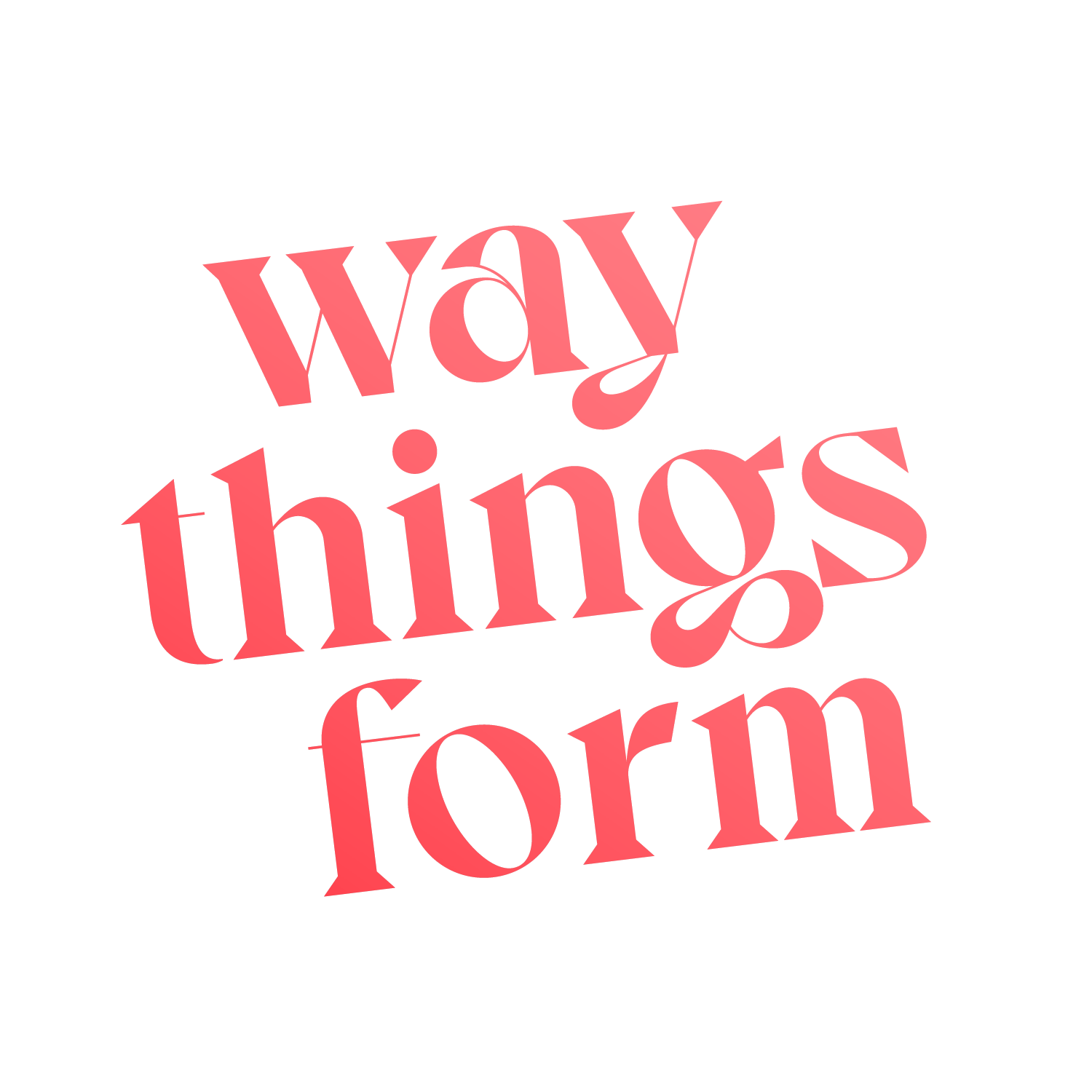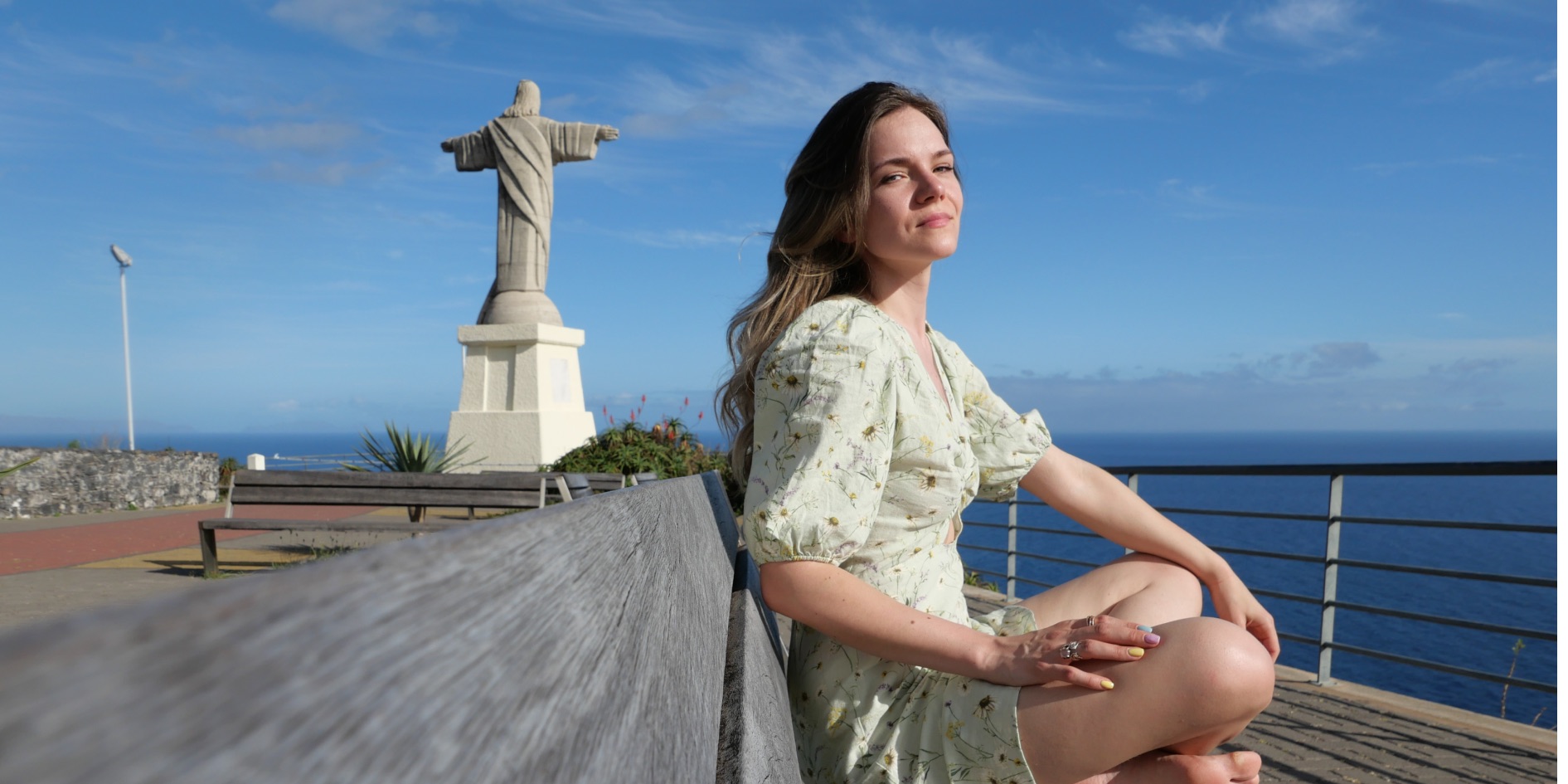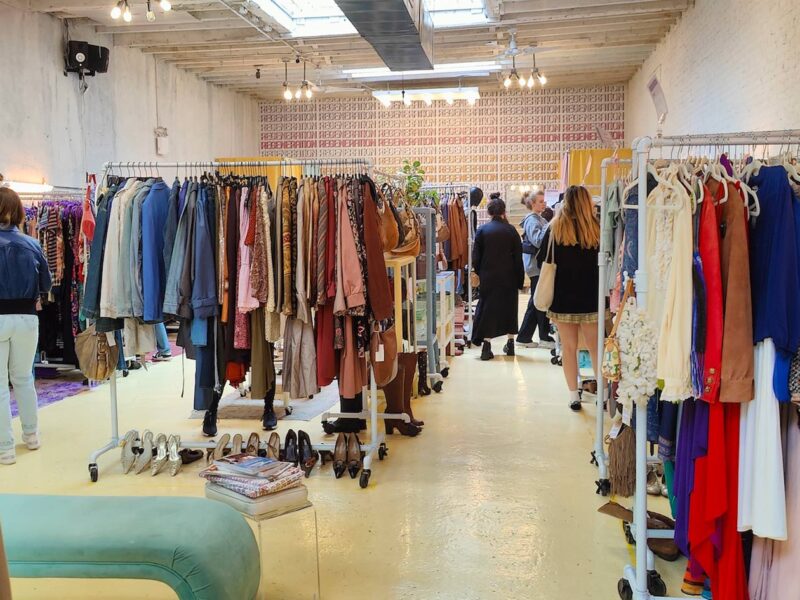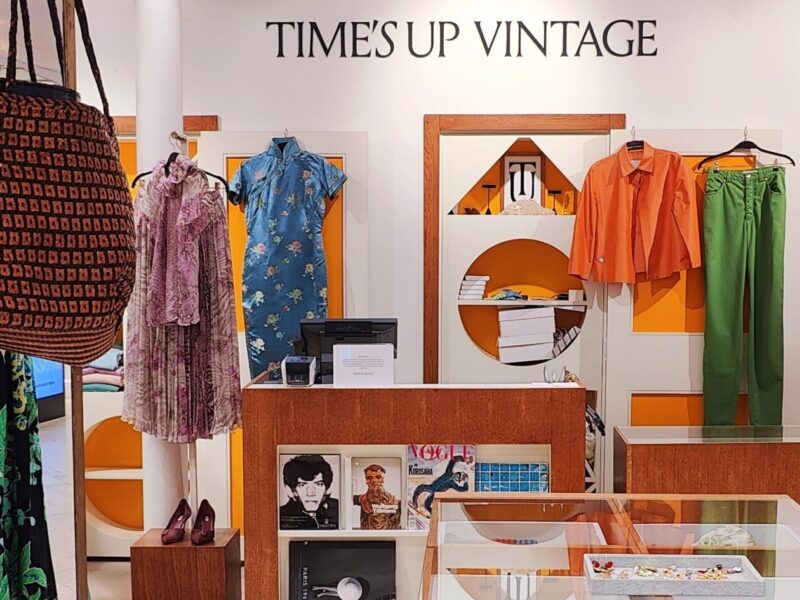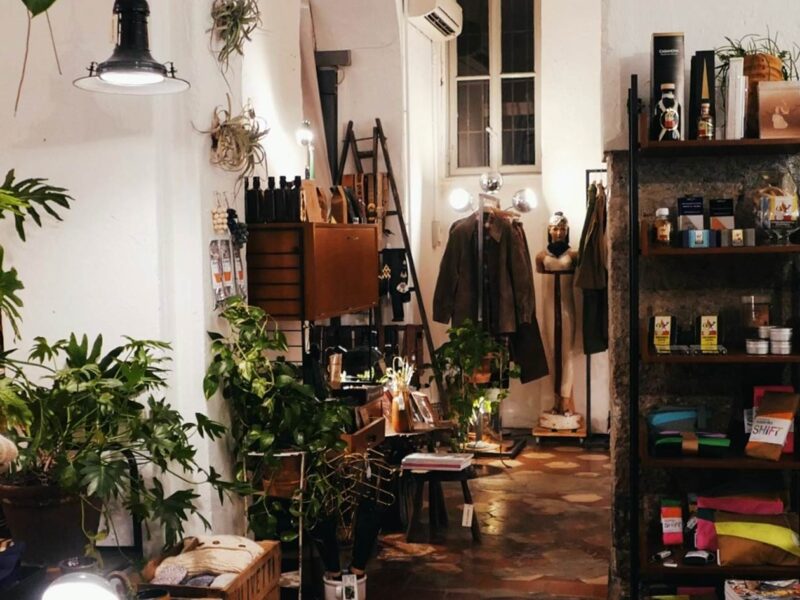In March 2021 I travelled to Madeira, one of the most magical islands of Europe. But why is this such a significant fact to highlight at the beginning of this #NoNewClothes story?
April 2025
It was this particular adventure that kicked off my #NoNewClothes journey. Right before this trip I bought my last “firsthand” dress.
Fast forward to today – it’s been more than 4 years and I haven’t bought a single piece of newly produced clothing.
So what was the last new item for me? A linen floral summer dress from H&M. Yes, a fast-fashion high-street piece. I still have it and I still wear it. But I have also checked – these days you can buy the same dress secondhand from different marketplaces. My sister recently bought the same dress secondhand. This speaks volumes about the fashion industry, doesn’t it?
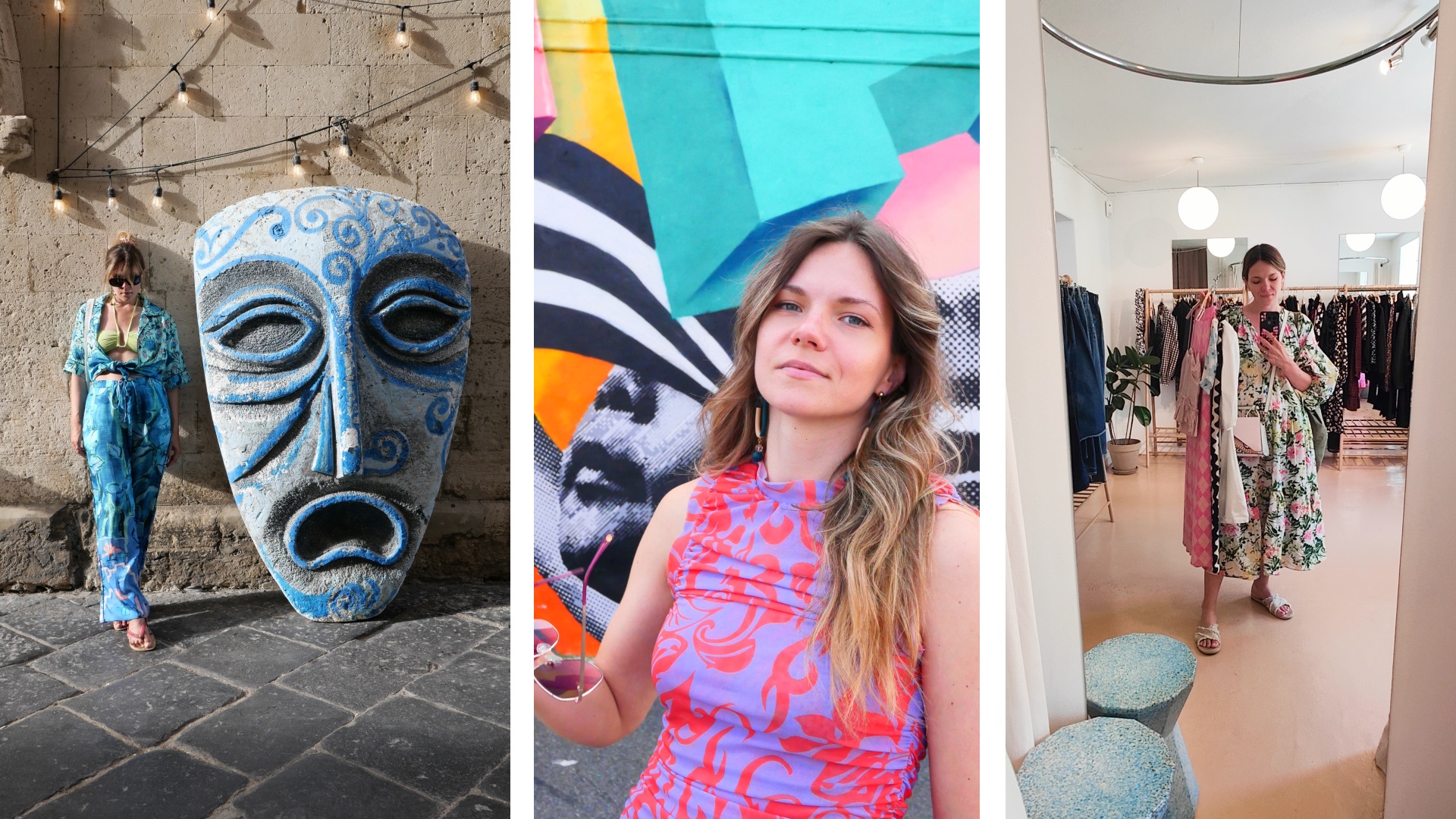
How does it feel to live with #NoNewClothes?
It was easy to start. A challenge is a challenge. You take it and it’s likely you complete it, as the new reality has an expiration date.
To start, I gave myself a goal of 1 month. But after the first month it didn’t feel right to go back to buying “firsthand”. So I decided to extend the period to 3 months.
Once I got there, the old ways started feeling more and more unethical. By that time I had read about the overproduction of fashion a lot more and followed multiple incredible secondhand fashion enthusiasts. If you are curious, try the book Unraveled: The Life and Death of a Garment by Maxine Bedat. I promise it will change your perspective at least a little bit.
So I decided to continue just for as long as I feel like it. I felt like I’ve completed the challenge.
The “almost“ breaking point was 1.5 years in – August 2022. I was in Vienna, one of the grandest capitals of Europe. And I felt an urge to find a grand dress that would match the setting. I am a maximalist afterall. “Firsthand” stores seemed like such an easy option. So I did a post on my Instagram stories about my doubt, asking the community whether it might be time to stop. And to my surprise, there and then I realised how important my journey is to inspire others. I got tons of reactions about how I should not give up on the #NoNewClothes journey. So I didn’t. And I decided to contnue leading the way.
Today, I’m not sure if I’ll ever buy any newly produced clothes again. If so, it will be something that can be fully transparently tracked through its production.
Fast fashion stores look so sad now, kind of like clothing graveyards. How weird!
Discovering new destinations is SO interesting – I always map out the local secondhand, vintage and thrift stores. It gives you such an exciting perspective on cities. That’s also why I started my city guides for secondhand stores. The greatest was going through most of New York, mapping the stores through my personal experience.
The discoveries
The most exciting thing about my #NoNewClothes lifestyle is that I have learned so much about people’s habits, about myself and about concious decision making.
1. It’s the marketing (of the consumerism era) that keeps us a prisoner.
The billions that have been poured into marketing the fast fashion brands are not meant to be for nothing. They influence our decisions whether we are concious about it or not. Mostly, we are not.
Next time you reach out to a fast fashion item, ask yourself at least 5 why’s:
🌸 Why do I want to buy it? Let me give you an example – maybe the answer is “I like it” or “I need it for my graduation”.
🌸 Why do I like it? The answer might be something like, “I saw an influencer wear it”. From the second example – “Why do I need it for my graduation”, the answer might be something like “I must have something new to wear for the occcasion”.
🌸 Let’s follow one of the examples – “Why do I need something new to wear for my graduation”, the answer might be “I can’t wear something that people have already seen”.
🌸 “Why I can’t wear something that people have already seen” – “My classmates might think I am poor, don’t take graduation seriously or have bad taste”.
🌸 “Why my classmates might think that?” – This is how the ‘modern’ world works, all eyes are on buying new outfits for graduation during this season and even in films, the main character must have a new banging dress for the occasion.
If you dare to truthfully go through these types of converastions with yourself, you have taken the first step towards become a more concious buyer! And maybe it will inspire you to consider alternatives, such as secondhand, renting or borrowing.
2. The power of choice
Just like they say about the elections “vote, or otherwise the power is with whoever else votes”, each purchase is a support statement towards something. The sad thing is that we don’t really realise it.
What I have realised, however, is that living the #NoNewClothes lifestyle and buying only secondhand makes me feel incedibly free from the system. It’s calming to know that my vote does not go towards sweatshops and child labour.
I know that middle gound exists as well – sustainable brands that have transparent production processes and ethical approaches – but so far, I have only seen that so much is available secondhand that I haven’t even gotten around to researching who they are. Honestly, the amount of clothes on the secondhand market is so significant that it can feed any maximalist such as myself. Probably for decades to come.
3. Confidence is what makes people listen
Recently I was at an event with some well established branding and design experts. Suddenly, we got into a conversation where one of the girls stated proudly that she was wearing a secondhand blouse. Yet, I could see that she was slightly nervous, you could say worried, what people might think about that.
I only applaud to people wearing secondhand clothes but I must admit, I had forgotten that there is still quite a bit of stigma around wearing secondhand clothes. I’m proud she stated that she was wearing secondhand, and I hope that more people would do it confidently every time they are asked where their clothes are from.
To counteract this stigma – when someone asks me where something is from that I’m wearing, I always firstly state that what I’m wearing is secondhand, even if it is a notable brand originally. With this approach I’ve gotten people to listen to hear the story why and how I’ve adopted the #NoNewClothes lifestyle for 3+ years.
But just to keep it real – I also encounter conversations where criticism about the fast fashion industry or secondhand shopping leads quickly to a change of topic. This will not stop me though!
Get exclusive stories for secondhand & sustainable fashion enthusiasts!
Only together we can empower the world to shift ⭐ ! Inspiration, ideas and tips tailored with love directly to your mailbox.
Join our community:
My #NoNewClothes rules
As a maximalist, I Iive and breathe colours, patterns and textures around me. This has also been reflecting in my clothing for as long as I can remember.
...So I chose the version of the #NoNewClothes challenge, where secondhand shopping, swapping and borrowing is allowed.
There are also couple of exlusions to clothing items that I still buy new – underwear and socks. I don’t want anyone to see that lifestyle as an unrealistic thing. Socks are worn on smelly feet and to be fair – I’ve never really seen secondhand socks on sale!
When someone asks “Where is it from?”, say the name of the secondhand store first! This will do huge favour to the secondhand scene, when people spread the word about the good sources!
Another rule that I have for myself is – if it is gifted, I am not refusing it. Just because I choose not to buy new clothes doesn’t mean I have to force everyone else. I also don’t judge people for buying newly produced clothes. It is everyone’s personal journey to discover, what part they want in making the fashion industry more sustainable. Although I might engage in a slightly challenging converastion.
What is the #NoNewClothes pledge?
All that talk but what is it exactly that I am talking about?
#NoNewClothes challenge is about pausing purchases of new clothes – this can mean either buying nothing at all or buying only secondhand.
It is an initiative aimed at promoting sustainable fashion and reducing the environmental impact of the clothing industry. The challenge was launched by Remake in June 2021.
Usually the #NoNewClothes challenge is for 90 days, but there are variations from 1 month to a year. The actress Nat Kelley was one of the key figures for the challenge when it was kicked off – she undertook the 1 year version!
The overall goal is to encourage people to rethink their consumption habits, explore alternative ways to refresh their wardrobe such as swapping, borrowing, or buying second-hand, and raise awareness about the issues related to fast fashion, such as excessive waste, pollution, and unethical labor practices.


